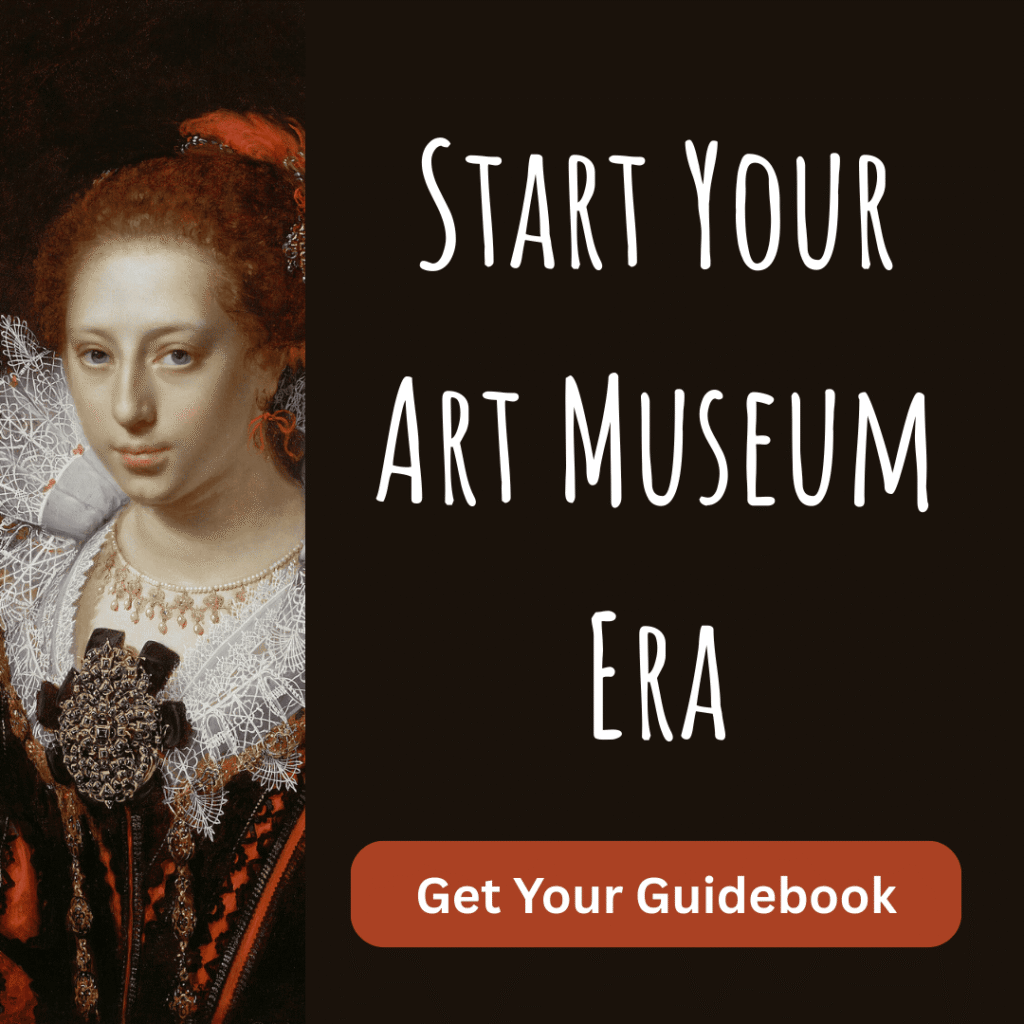Cover image by Luriko Yamaguchi via Pexels.
I recently surveyed my followers and was not at all surprised to find out that you’re an intellectually adventurous bunch. Just like me, my readers love to learn and are curious about pretty much everything there is to explore – not just art history. Therefore, I thought some you might want to know what other subjects you can study that will pair well with your love of art and architecture. The short answer is just about anything. I’ve found that art history can be a surprisingly multi-disciplinary field if you let it, so anything you could possibly be interested in learning will likely aid you on your art historical journey However, some topics are more relevant than others, so you can find my top five most helpful subject areas below.
If you want my advice for studying actual art history instead, click here.
History
Let’s start with the obvious. The more you know about art and architecture’s historical context, the better you can appreciate all its little nuances and have a richer experience in general. The reverse is also true, since looking at art and architecture can bring history to life in a way that books often don’t. Of course, any aspect of history you choose to explore will benefit you, but I recommend paying particular attention to the political and economic situation in whatever time period you enjoy. You’ll want to understand things like who had the power and influence to commission art, what goals they fulfilled through that art, the major events that shaped the era, and how different cultures interacted with each other. Anything to do with historical culture (literature, theatre, fashion, etc.) is usually a good bet, too.
Science
We tend to think of art as being the opposite of science and technology, but that’s really not true. After all, art uses plenty of science and technology, from the chemistry of creating pigments and firing ceramics to the tools and technologies needed to work different types of raw materials. Understanding the relevant scientific processes will teach you why various artworks look the way they do and the technological developments it took to create them. In architecture, physics and engineering are key to discovering why buildings were designed in certain ways at various times in history. Science also plays a vital role in conservation and scientific testing, where practitioners trained in both art and science use technology to better understand the physical characteristics of artworks and protect them for future generations. These fields regularly produce fascinating discoveries, which you’ll appreciate so much better with a little scientific prowess.
Religion and Mythology
It’s no secret that lots of art is religious. Therefore, it makes sense that understanding something about the main beliefs, figures, events, and rituals of world religions will enhance your experience. You don’t have to practice a particular religion (or any at all) to find this subject illuminating from an art lover’s perspective. Religion often overlaps with mythology – the stories of gods, goddesses, other spirits, and supernatural events. Although the myths of the Greeks and Romans are best known, there are mythologies to be found in every part of the world history. Their characters, symbols, and stories appear in all kinds of art – and not just from ancient times. Mythology is fun and fascinating, and knowing the stories makes the art that much more enjoyable.
Anthropology and Archaeology
Anthropology is all about understanding cultures different from your own, and archaeology is the study of culture through material objects surviving from the deep past. This makes them perfect companions to art history, which also can also connect us to cultures from faraway times and places. Learning about anthropology can give you insights into the societies whose art you enjoy and also provide helpful tools for understanding the diverse cultures you encounter through art. Meanwhile, archaeology can teach you how ancient objects are uncovered, studied, and used to understand civilizations we otherwise know very little about. Most of the oldest objects we now see in art museums came to us as the results of archaeological digs.
Philosophy
Philosophy can be a lot to process, but it can also have surprising connections to art. On the most obvious level, understanding how people think about the world can help you understand their art. But philosophy also relates more specifically to art through aesthetics, which is the philosophy of art and beauty. In fact, major philosophers have been writing about topics like the significance of art and the definition of beauty since Plato all the way back in ancient Greece. Philosophy in general and aesthetic philosophy particularly can also help you understand the ideas behind some artistic styles and why they were prominent at certain historical moments.



